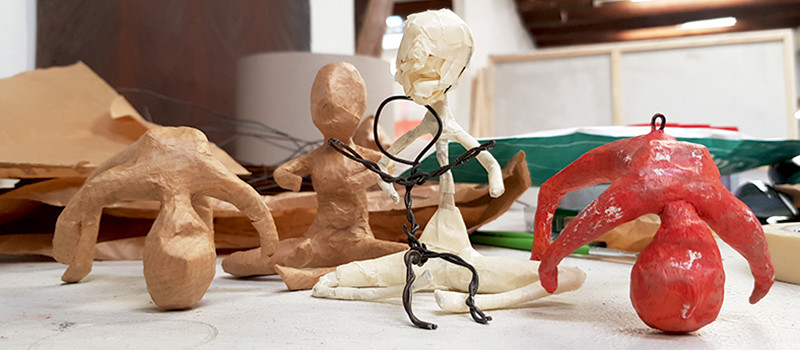STRUCTURAL DISSOICIATION
I remember when I first encountered the theory of structural dissociation – through a therapist I saw a few times and the book she recommended to me “Coping with Trauma-Related Dissociation” (2011) by Suzette Boon, Kathy Steele, Onno van der Hart. The last author – I just recently learned are not allowed to practice psychotherapy anymore, due to transgressions? I will not judge that; I do not know enough about it to have an opinion on it.
But what I do have a lot of opinions on is the theory itself, and how it is used.
I was told in therapy that she (my therapist) only wanted to talk to the “main-me” – the ANP (apparently Normal Person) – that felt insulting on so many levels. Firstly – apparently?? It sounds like the person (me) is abnormal – that I just appear to be normal and that I just appear to be a person. Secondly, and more importantly, if a part of me initiates taking the whole of me to therapy to process trauma – and is refused a voice – how on earth is that going to be understood, by me? And how do you think it felt to me, to come to therapy and be told I am not only “just an emotional part” but also that the therapist then does not want to talk to me??
I did buy and read the book. I read all of it at once, because the authors' views on traumatized people really intrigued me. I am not saying they are wrong in everything, but the approach to people wanting help with processing their severe trauma? It shook me. I hated the book. And wanted to exclude it from my therapy.
I also wanted to be addressed where I was at – however/whomever of us turned up in therapy. And I did not feel okay with being called a part – or an emotional part. And I did not feel okay with being presented the second or third session with the idea of “integrating”.
I found another therapist who was happy to see and work with all of me, talk to whomever of us was there for the moment. I am not saying that therapy was easy, it is still one of the hardest things I have done in my life. But it made it possible for me to do it. No one was excluded. All were welcome. Invited. Counted on. Respected. And also – showing oneself like that – speaking about it – with someone you first do not know – it took me immense courage. Part of being dissociative like that – is for not to be obvious. Maybe they should change it from ANP – to AWP – Apparently whole person?
Seeking that first therapist out – going there. I had prepared myself for that for years. Had I not found the second one – I am unsure if I had tried anymore. The second therapy came with its own challenges. Not going into them here.
I was not whole in my presentation at that point in time – but I was for sure normal. It was VERY normal for me to be the way I was – organized in a system of persons/parts (I am okay with parts now – and do these days refer to “parts of me”). I needed to hear that more than anything else – that what I experienced was perfectly normal – as a consequence of what I had lived through. I was normal, my defenses were normal, my structure was normal – what was not normal was what had happened to me. A very important distinction. More than anything – I had lived an apparently normal life – at least for the last 15 years. I seemed “healed”.
The theory of structural dissociation is not formulated by anyone who has these dissociative experiences. And no one with them are asked about them either. I am glad more and more people with DID and other dissociative experiences are finding their courage and are speaking up. To add to the knowledge about dissociation – so both scientific, clinical, and lived experience and knowledge can help us move ahead and find better ways to support people who want to process their traumas.
PS. Not writing this to attack any therapists – just to voice my own experiences and add to the knowledge base of dissociation as a coping mechanism in severe and early childhood trauma.
And I have no problems being open with my past or my experiences. I am – when I want to – and I find a reason to be – despite the enormous stigma still surrounding dissociation, child sexual abuse and child sexual exploitation. DID is a trauma cooping strategy – often saving lives and keeping people from having their minds disintegrate (actually!). It is fucking brilliant. And people who seek out help are very brave. My mission is to make sure there is more proper information about, support and help with dissociation, early childhood trauma and neglect.
What I have learned is to not fight anyone anymore. I am engaging in educating, sharing, facilitating growth and giving support – to give alternatives. Not to fight the old. Or the obsolete. But to build the new.
This is another blotpost addressing the theory of structural dissociation with some great info: https://powertotheplurals.com/why-the-theory-of-structural-dissociation-is-ableist/
Text and pictures are copyright protected © Katarina Felicia Lundgren, 2023
When you subscribe to the blog, we will send you an e-mail when there are new updates on the site so you wouldn't miss them.


Comments